
New Jersey’s birdlife is a vibrant tapestry of species, attracting enthusiasts due to its strategic location along the Atlantic Flyway. The state’s diverse habitats, from coastal wetlands to forests, support a wide variety of birds, making it a key destination for birdwatchers and nature enthusiasts alike.
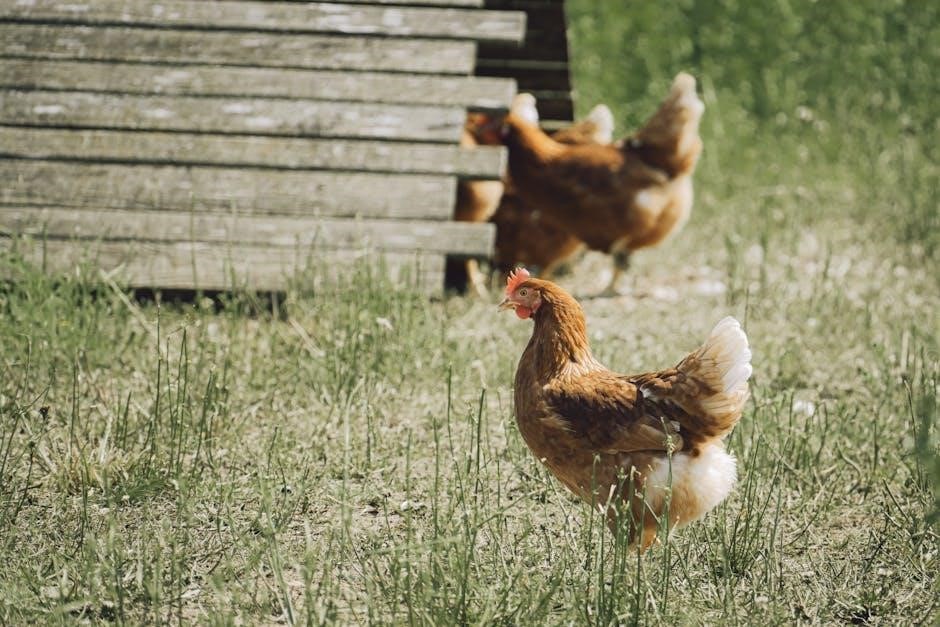
Diversity of Bird Species in New Jersey
New Jersey is home to an impressive array of bird species, with over 500 documented types. The state’s unique location along the Atlantic Flyway makes it a critical stopover for migratory birds. Residents and visitors alike can spot species ranging from the tiny Ruby-throated Hummingbird to the majestic Bald Eagle. Waterfowl, songbirds, raptors, and shorebirds are all well-represented, with habitats varying from coastal wetlands to dense forests. The diversity is further enriched by seasonal variations, as migratory patterns bring species like the Semipalmated Sandpiper and Red Knot during spring and fall. This variety makes New Jersey a paradise for bird enthusiasts and a key site for ornithological study.
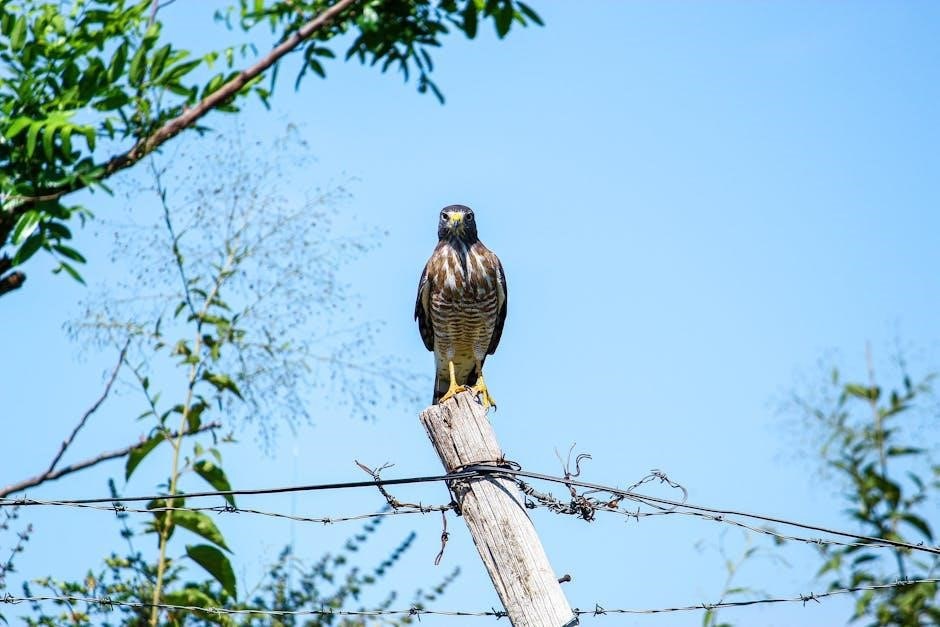
Why New Jersey is a Key Birding Spot
New Jersey’s strategic location along the Atlantic Flyway makes it a critical stopover for migratory birds, attracting species from Canada, the Caribbean, and South America. Its diverse habitats, including coastal wetlands, beaches, and forests, provide vital refuge for both migratory and resident birds. Iconic birding hotspots like Cape May are renowned for their concentrations of migratory songbirds and shorebirds, such as the Red Knot and Semipalmated Sandpiper. The state’s compact size and accessible nature reserves also make it an ideal destination for birders. With over 500 species documented, New Jersey is a cornerstone for bird conservation and a paradise for birdwatching enthusiasts year-round.

Bird Identification Tips
Observe size, shape, plumage, and behavior to identify bird species accurately. Note seasonal changes in appearance and use field guides or apps for precise identification.
Key Characteristics for Identification
- Plumage and Coloration: Note distinctive patterns, vibrant hues, and seasonal changes in feathers, which vary among species.
- Beak Shape and Size: Observe the beak’s form, as it often indicates the bird’s diet, such as thick bills for seed-eating birds or slender bills for insectivores.
- Size and Posture: Measure the bird’s overall size and posture to differentiate between similar species.
- Wing and Tail Features: Examine wing bars, tail length, and feather patterns, which are crucial for accurate identification.
- Vocalizations: Recognize unique calls and songs, as these are often the first clue in identifying a species.
- Habitat Preferences: Determine the bird’s preferred environment, such as wetlands, forests, or backyards, to narrow down possibilities.
- Behavioral Traits: Watch for flight patterns, foraging habits, and social interactions, which can reveal species-specific characteristics.
These traits collectively help birders accurately identify the diverse avifauna of New Jersey.
Tips for Accurate Bird Identification
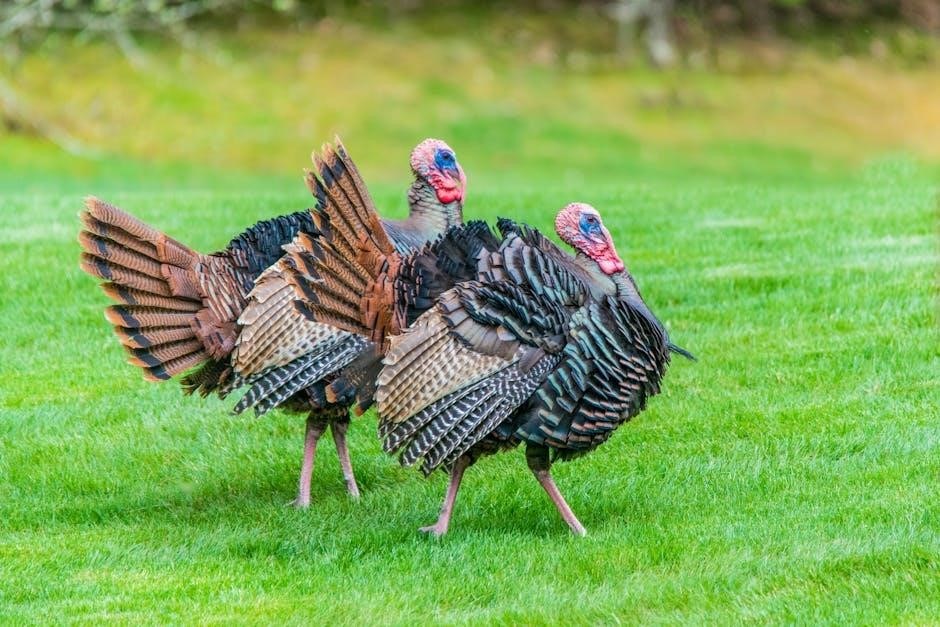
To accurately identify birds in New Jersey, start by noting key field marks such as plumage patterns, beak shape, and size. Observe the bird’s behavior, including foraging habits and flight patterns. Use a field guide to compare your observations with detailed descriptions and images. Pay attention to seasonal variations in plumage, as many species change appearance throughout the year. Listen carefully to vocalizations, as unique calls can be a critical identifier. Consider the bird’s habitat, as certain species are tied to specific environments. Finally, practice patience and take detailed notes to refine your identification skills. These tips will enhance your birding experiences in New Jersey.
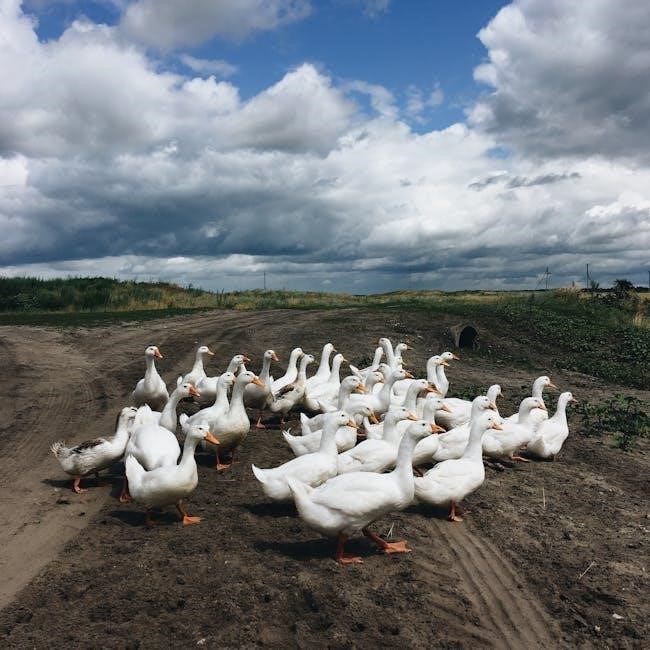
Seasonal Birding in New Jersey
New Jersey’s strategic location on the Atlantic Flyway makes it a hotspot for migratory birds, offering exceptional opportunities to observe diverse species during spring, fall, winter, and summer.
Spring Migration Patterns
Each spring, New Jersey becomes a critical stopover for migratory birds traveling along the Atlantic Flyway. The migration typically begins in late April and peaks in May, with species like warblers, tanagers, and orioles arriving en masse. Coastal areas such as Cape May and Delaware Bay are particularly renowned for their concentrations of migratory birds. During this period, songbirds replenish their energy reserves in the state’s lush forests and wetlands before continuing north. Birders flock to these hotspots to witness the vibrant plumage and lively songs of these avian visitors. Timing visits with favorable weather conditions, such as northwest winds, can enhance the experience of observing these migratory marvels.
Winter Birding Opportunities
New Jersey offers exceptional winter birding opportunities, with many species remaining in the state or migrating from colder regions. Waterfowl such as ducks, geese, and mergansers thrive in coastal wetlands and inland lakes. Raptors like snowy owls and hawks are more visible during this season. The Atlantic coastline, particularly Delaware Bay and Cape May, attracts shorebirds and seabirds, including loons and scoters. Woodland areas host wintering sparrows, finches, and blue jays. Birders can also spot snow buntings and Lapland longspurs in open fields. Winter birding in New Jersey requires patience and warm clothing, as cold conditions often concentrate birds in specific habitats, making sightings rewarding and memorable.

Important Bird Habitats
New Jersey’s diverse bird habitats, including coastal wetlands, forests, and beaches, provide essential nesting and migratory grounds for numerous bird species, ensuring rich biodiversity.
Coastal Wetlands and Beaches
New Jersey’s coastal wetlands and beaches are critical habitats for a wide array of bird species, including shorebirds, herons, egrets, and ospreys. These areas provide vital stopover points for migratory birds, offering abundant food sources like crustaceans, fish, and insects. The dynamic interplay of sand, saltwater, and vegetation creates a unique ecosystem that supports both breeding and wintering populations. Coastal habitats are particularly important for species like the piping plover and the American golden-plover, which rely on these areas for survival. However, these habitats face threats from erosion, pollution, and climate change, making conservation efforts essential to protect these vital bird sanctuaries.
Forests and Woodland Areas
New Jersey’s forests and woodland areas are home to a rich variety of bird species, including warblers, woodpeckers, and thrushes. These habitats provide essential nesting and feeding grounds for both migratory and resident birds. Deciduous and mixed forests support species like the black-and-white warbler and the eastern wood-pewee, while coniferous stands attract birds such as the pine warbler and the common Raven. The dense canopy and understory vegetation offer refuge and food, making these areas vital for avian biodiversity. Forests also play a critical role in supporting migratory birds during their journeys, offering shelter and resources. This diversity highlights the importance of preserving woodland ecosystems for bird conservation.
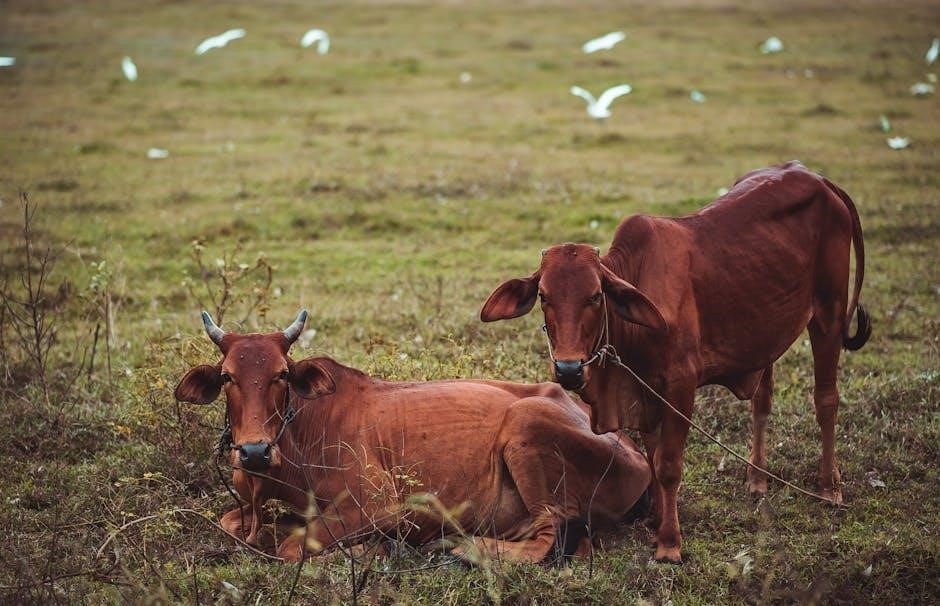
Bird Conservation Efforts
New Jersey’s bird conservation efforts focus on protecting habitats, monitoring populations, and engaging communities. Initiatives include habitat restoration, wildlife refuges, and educational programs to safeguard bird species.
Threats to Bird Populations
Habitat loss, climate change, and pollution are major threats to New Jersey’s bird populations. Urbanization and coastal development reduce nesting and feeding grounds, while climate change disrupts migratory patterns and food availability. Pollution, including plastic waste and pesticides, harms birds directly and contaminates their habitats. Invasive species also compete with native birds for resources, further endangering vulnerable populations; These challenges require urgent conservation measures to protect New Jersey’s avifauna and maintain its biodiversity.
Local Conservation Initiatives
New Jersey boasts numerous local conservation initiatives aimed at protecting its bird populations. Organizations like the New Jersey Audubon Society and the Delaware River Watershed Initiative work tirelessly to restore habitats and promote sustainable land use. Local bird sanctuaries, such as the Cape May Bird Observatory, play a crucial role in monitoring migration patterns and educating the public. Additionally, community-based projects, including nest-box installations and bird-friendly urban planning, contribute to creating safer environments for birds. These efforts highlight the state’s commitment to preserving its rich avifauna for future generations.

Birding Hotspots
New Jersey’s birding hotspots, such as Cape May and Delaware Bay, are renowned for their rich avifauna. These locations attract birders worldwide with their unique migration patterns and diverse species.
Cape May
Cape May, at the southern tip of New Jersey, is a legendary birding hotspot, particularly during spring and fall migrations. Its unique geography funnels millions of birds into a small area, creating spectacular viewing opportunities; The Cape May Peninsula hosts a wide variety of species, including songbirds, raptors, and shorebirds, making it a magnet for birders worldwide. The Cape May Bird Observatory and surrounding habitats provide ideal conditions for spotting rare and migratory birds. This region’s rich biodiversity and strategic location along the Atlantic Flyway make it a must-visit destination for anyone passionate about birdwatching.
The area’s diverse landscapes, from beaches to forests, support an incredible range of avifauna, ensuring unforgettable birding experiences year-round;
Delaware Bay
Delaware Bay, located on New Jersey’s southern coast, is a critical stopover for migratory birds, particularly shorebirds. The bay’s beaches and wetlands provide essential refueling sites for species like the Red Knot, Semipalmated Sandpiper, and Ruddy Turnstone. During spring migration, these birds feast on horseshoe crab eggs to replenish energy reserves for their non-stop flight to Arctic breeding grounds. The region’s unique combination of habitats supports a wide variety of avifauna, making it a vital area for bird conservation. However, Delaware Bay faces threats from habitat loss and climate change, emphasizing the need for protective measures to preserve this ecological gem for future generations.